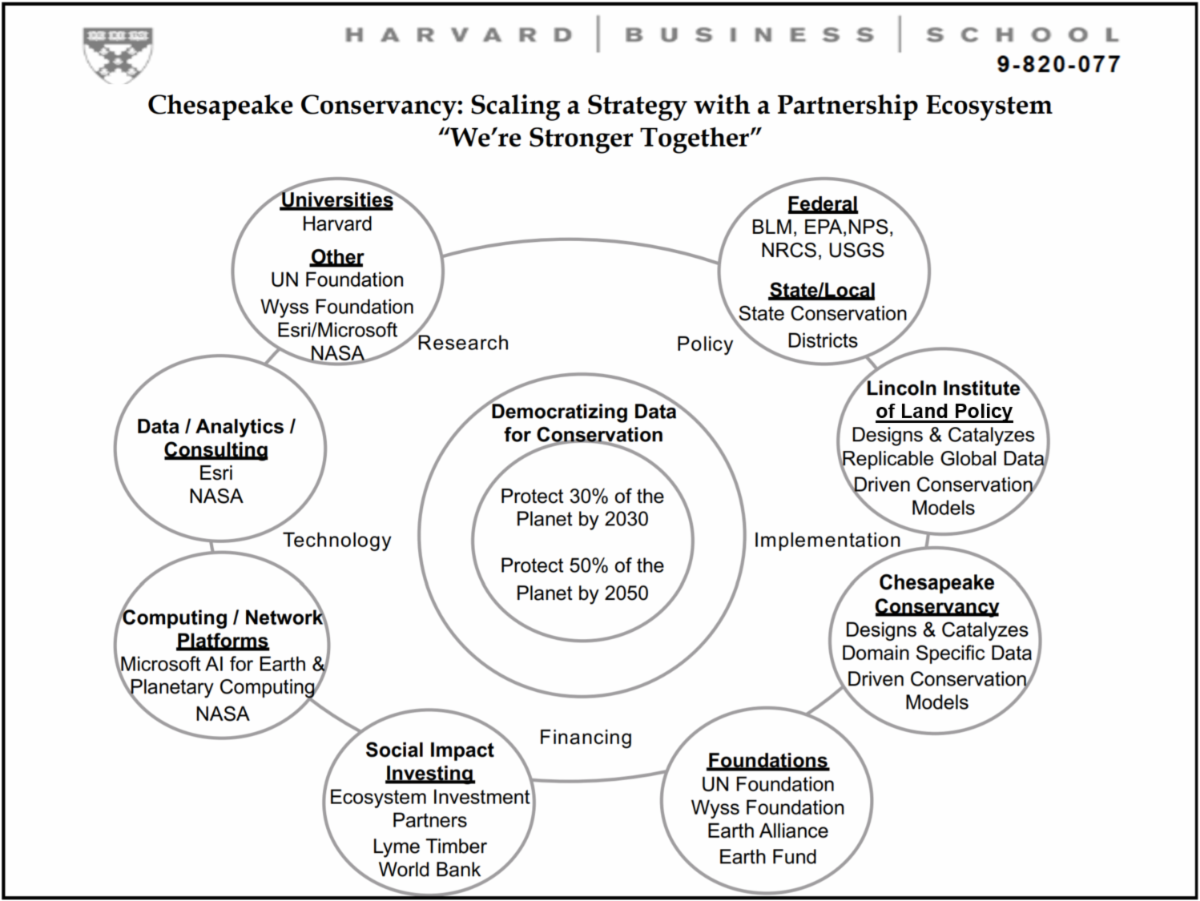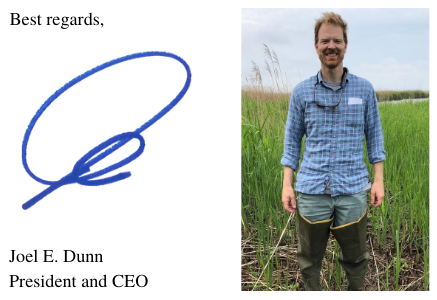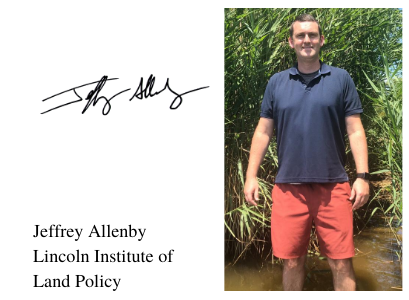EARTHSHOT: Democratizing Data to Protect 30% of the Planet by 2030
We hope you are as delighted as we were to hear opening and closing remarks from Jack Dangermond, founder and President of Esri, who has watched this data-driven approach grow from an idea in 2014 over coffee to a regional model focused on achieving the 30 by 30 goal in the Chesapeake Bay that is now poised to be replicated across the planet. In Jack’s concluding remarks, he encouraged us to think about models that would empower communities on the ground to achieve this 30 by 30 goal–what he called an Earthshot moment for humanity.
Brian O’Donnell, Director of the Campaign for Nature joins the workshop to share the global effort to protect 30% of the planet by 2030.
This Earthshot has been a long time coming. More than 40 years ago Dr. Tom Lovejoy sounded a warning call about biological impoverishment. At the workshop, he joined us to share why he is hopeful based on progress in the Chesapeake and critical initiatives like the Campaign for Nature that we can make a difference. With countries aligning to protect biodiversity by committing to solve this global challenge, we can protect 30% of the land and water by 2030. Even amidst a global pandemic creating economic and social justice crises, we can rise to the occasion by embracing GIS, powerful computing, and shared data infrastructure. As our facilitator Dr. Lynda Applegate of Harvard Business School suggested–we can create a stop and think moment for how entrepreneurship, technology and new models of partnership can come together to create opportunity by innovating through crisis.

To scale up the successful model developed in the Chesapeake Bay, the Chesapeake Conservancy is tapping into the expertise at the Lincoln Institute of Land Policy to bring together a network of partners across the globe to deploy new data, apply the power of AI, and develop strategies to accelerate the protection of 30% of the planet in the next decade. We believe the cutting edge models and approaches developed in the Chesapeake can inform some of the many inputs needed for the planetary computer Microsoft and Esri are teaming up to build. We believe that with Lincoln Institute of Land Policy coordinating collaboration and expertise from conservation networks all over the world, including the Chesapeake, communities will have the data insights and intelligence they need to become faster, smarter, and more successful in 30 by 30 initiatives. If the Hyperloop can rethink the future of transportation then we can most definitely think differently and use innovation to guide the future of community-led conservation.
Please see presentations below from our remarkable presenters and check out the recording of the discussion with the panelists who joined us including: Clint Brown (Esri), Brian O’Donnell (Campaign for Nature), Dr. Tom Lovejoy (UN Foundation), Dr. Lucas Joppa (Microsoft), and ourselves. We agreed this partnership model depends on you and connecting more partners for success. We will be following up with each of you personally to hear your feedback and discuss how to participate in the effort moving forward.
Thank you for joining us and leaning in a moment that requires courage, grit, and creativity to protect the land that sustains us.

